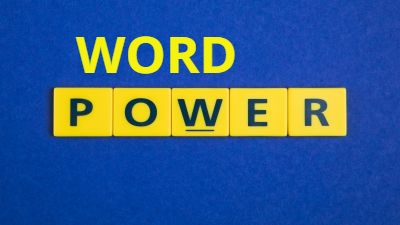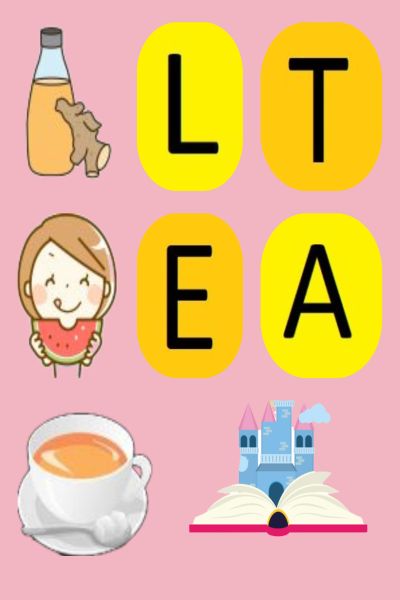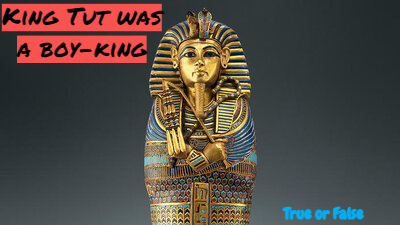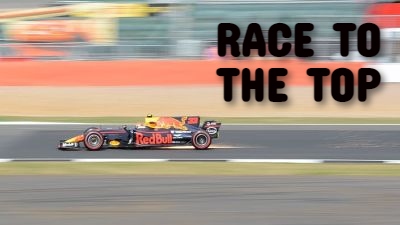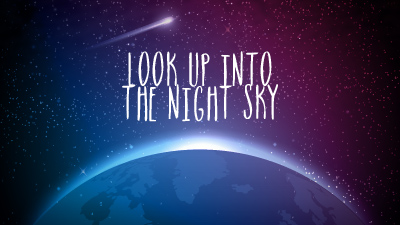Even in the urban jungle of our cities, one can spot many birds that bring joy, colour and music into our lives.
Each morning, if I haven’t already been shaken out of my slumber by the sonorous ‘koo-oo-oo, koo-oo’ of the Koel at 4.00 a.m., I wake to the cheery ‘cheer, cheer’ of sparrows jostling with each other on my balcony while they breakfast on the bird feed. The next ritual is diving into the water bowl and shaking themselves vigorously, sending forth fountains of spray.
Soon it is time for the gang of squawking parakeets to feast on peanuts with dramatic gestures; sometimes fondling each other affectionately, or quarrelling vociferously and tugging at each other’s tails. This party of green is rudely interrupted when a solitary Jungle Crow enters the scene. Noisily flapping their wings, the parakeets take off in haste.
From not very far off, I hear the shrill soprano chattering of the White-breasted Kingfisher happily swinging on the TV cable and announcing success at hunting down its prey — be it a dragonfly, lizard or fish.
<>Once the early-morning performers exit their stage, I step out for a whiff of fresh air and what do I see? A pair of Red-vented Bulbuls taking turns to stand guard over their chicks in their cup-shaped nest inside the bougainvillea bush and hunt for food.
I gaze at the swaying mango leaves and get a glimpse of something yellow. It’s a Black-hooded Oriole! The bird doesn’t quite approve of my excitement and goes back into hiding, voicing its protest in fluty tones.
Later, as I sit to work at my computer, I am startled by a clear and loud ‘To-meet, to-meet, to-meet’. I watch, amused, as my latest visitor — the Tailor Bird — tries to meet its lady love. When this song ends, the Magpie Robin, clad in a coat of lack-and-white feathers, begins its plaintive heart-wrenching ballad. It likes to do this from atop the coconut tree fronds while its lady love, not far off, listens in stupefied awe.
In the afternoon, I settle down for a siesta and who should come along but the Purple-rumped Sunbird for its drink of nectar from the Thunbergia flowers. It announces its arrival with a high-pitched ‘chee-chee’. In spite of its long, curved beak, it has learnt to ‘nip in the bud’ by taking a short cut directly into the nectar in the calyx — thus saving time and energy.
Many more of my feathered friends reside in my colony and bring great joy, colour and music to my life. They have shown amazing resilience and are the urban survivors, enduring the loud sounds of drilling, construction work, and honking cars, and the decline in the number of trees.
Image Credit: The Hindu Photo Archives and Wikimedia Commons


